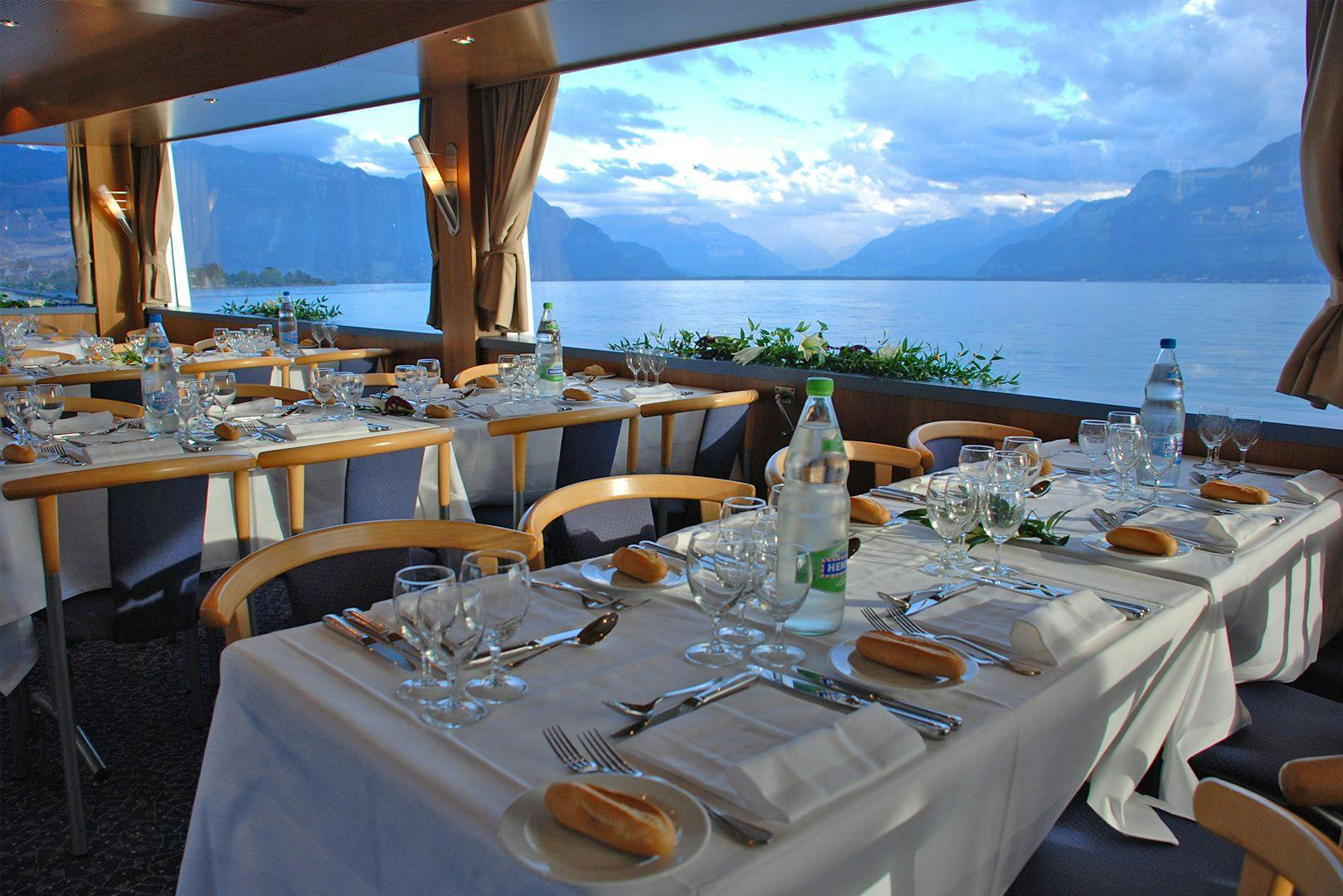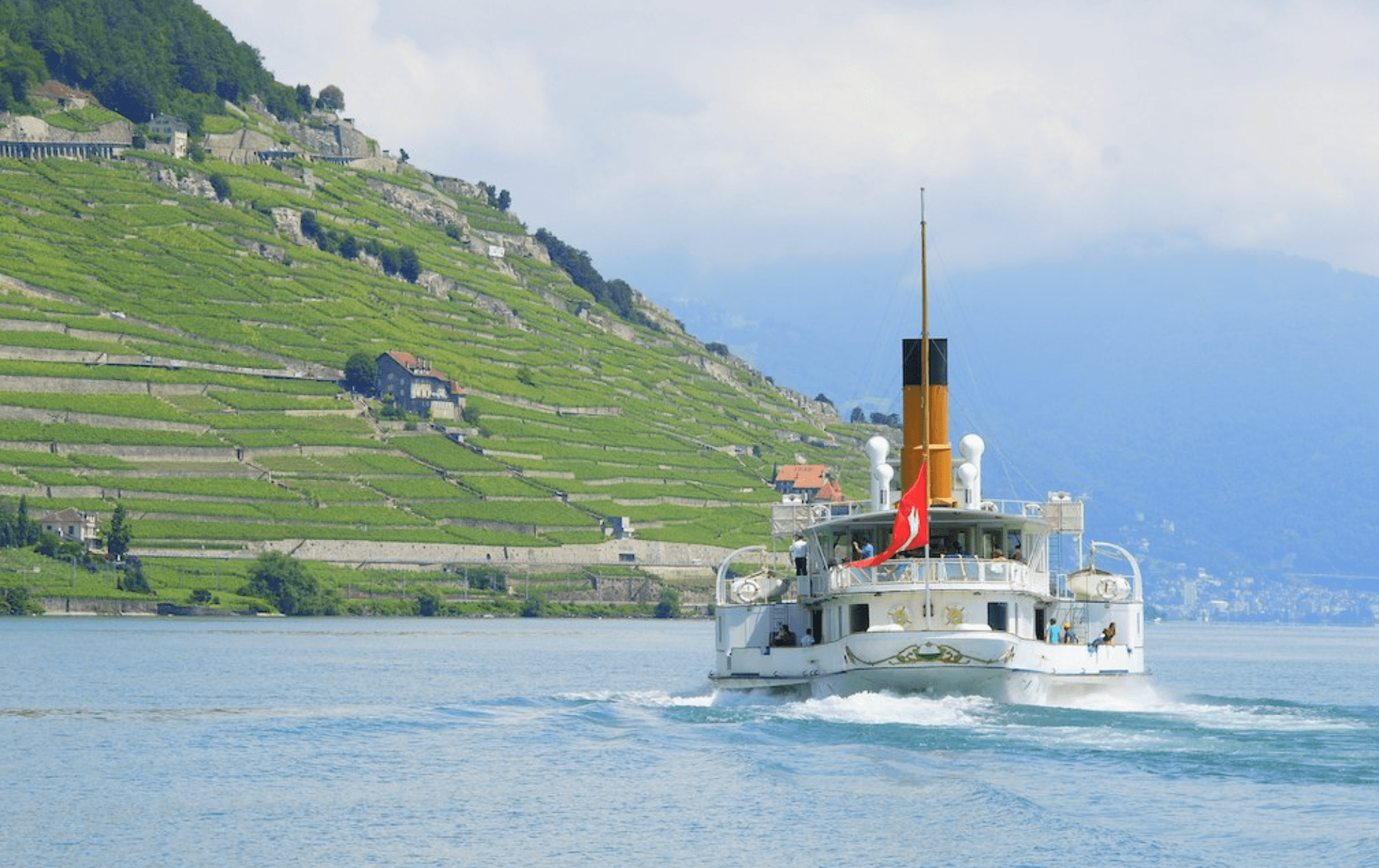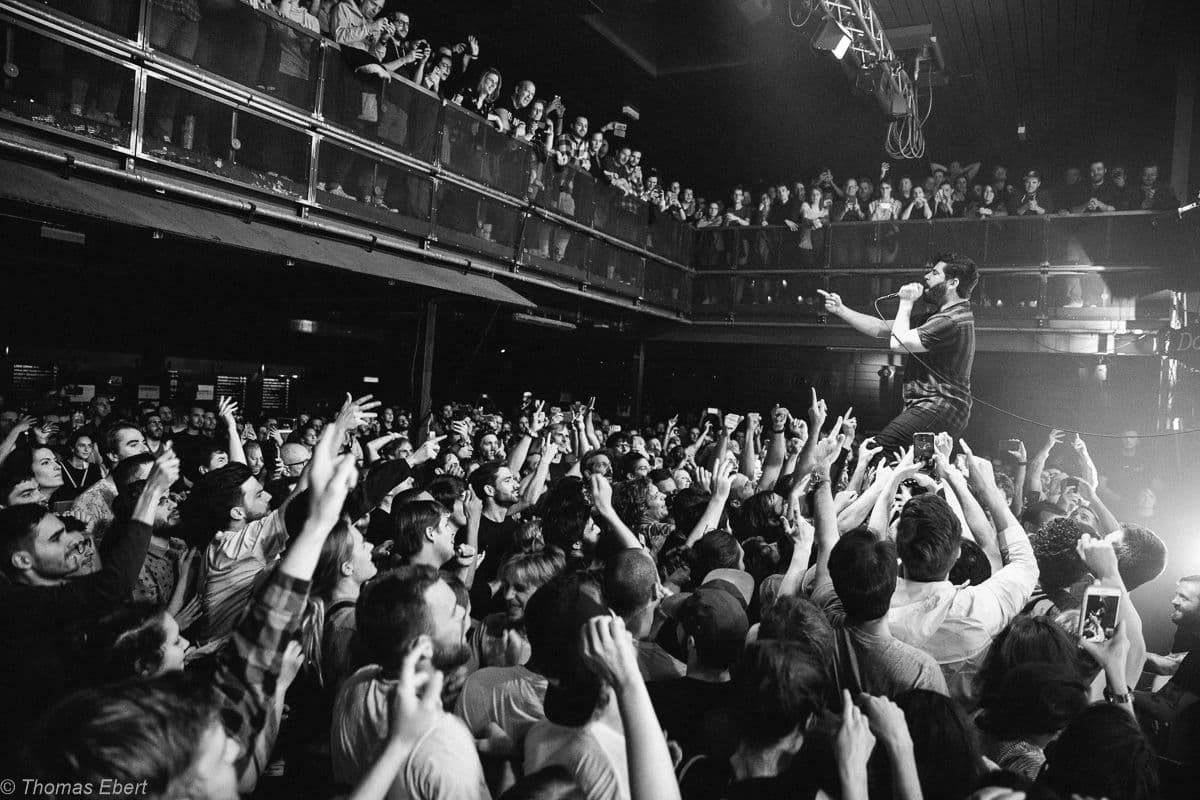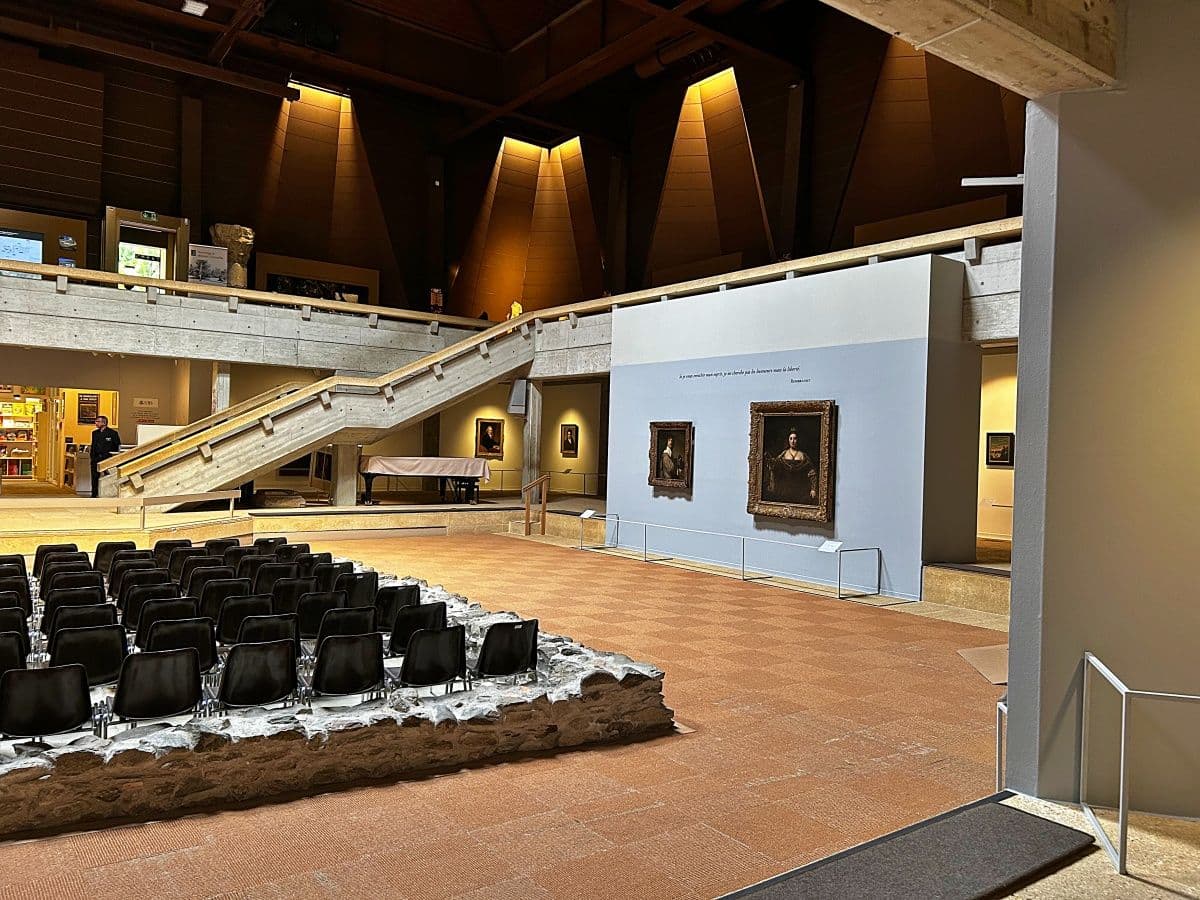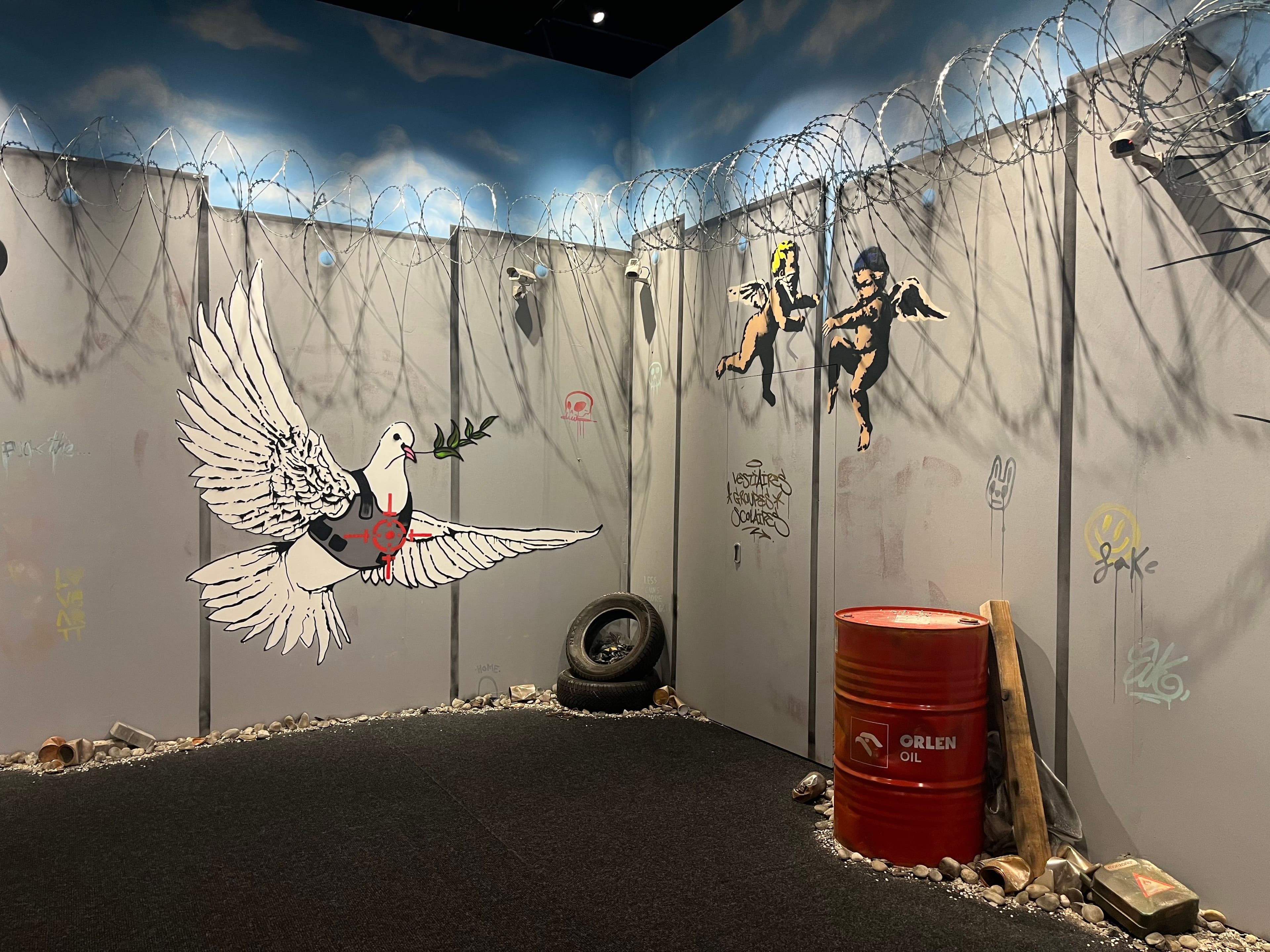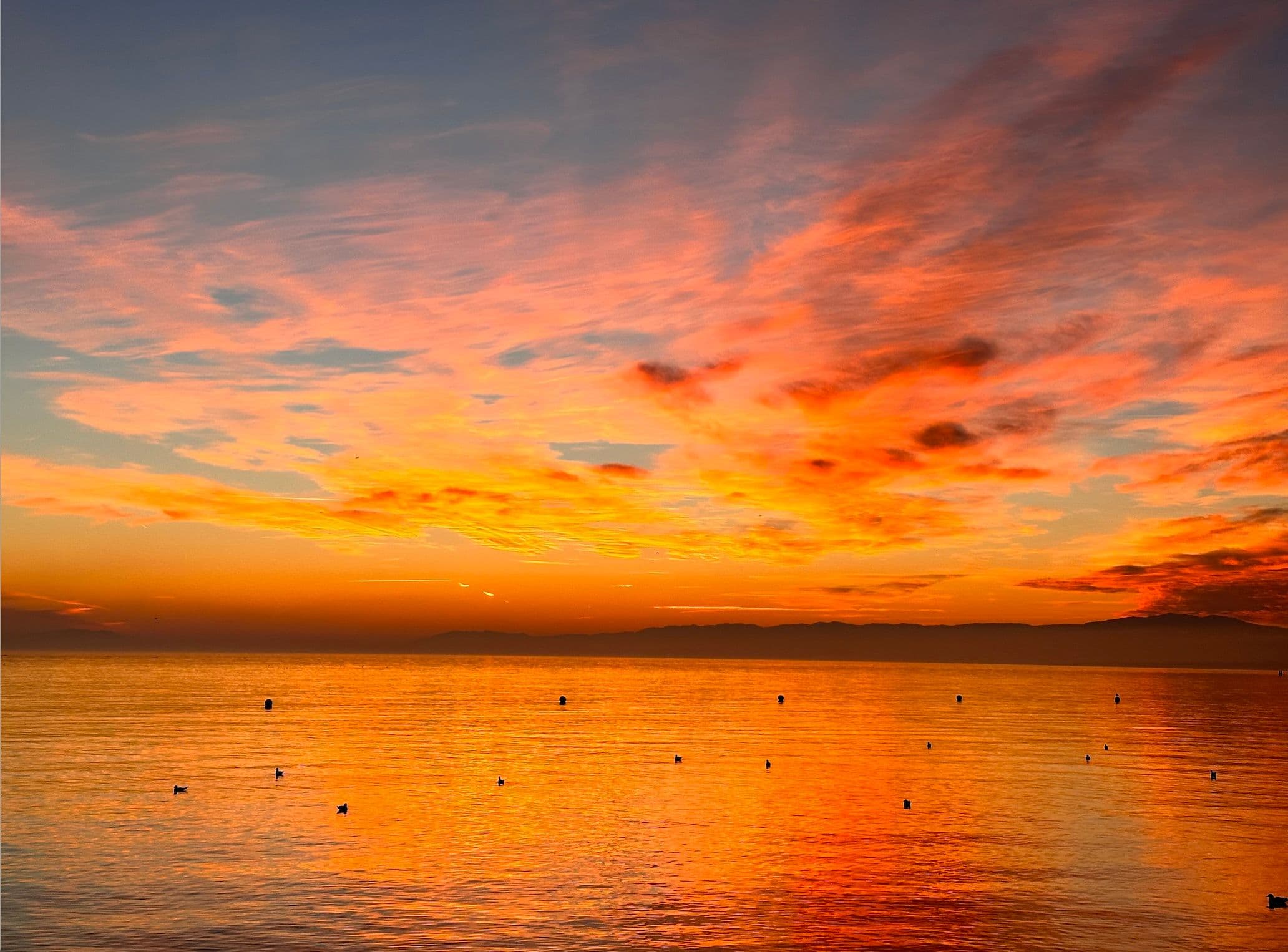Ever wonder about the gorgeous fleet of Belle Epoque boats that grace the waters of Lac Léman? TLG Contributor Clara Jannet takes a deep dive into the history of the CGN and the stories behind the Montreux, the Chablais and the Général Dufour - or, in our humble opinion, the most beautiful boats in the world.
When people visit me in Lausanne, I always tell them the same story: back in the day, the CGN boats brought goods and necessities to Lausanne via the lake. They would dock at Ouchy and then a funicular would bring everything to Flon where it would all be deposited in warehouses and then dispatched to the various villages on the surrounding hilltops. Because, back in the day, before Lausanne was Lausanne, there were actually three separate villages – one on each hill. And that is why we have the Saint François church, and the Cathedral, each presiding over its own hill.
I don’t know if this is true. I am assuming that I heard it somewhere, at some point. But much like our childhood game “Telephone”, the details have most certainly ‘evolved’ over time. Also, I have never fact checked my own story. In my defense, it makes sense when you look at the geography of Lausanne – it is definitely a plausible story.
The only thing that has bothered me is the part about the CGN…were the boats truly used for transporting goods (I mean, goods from where? It’s a lake surrounded by mountains!)? Or were they always passenger boats? So, I decided to investigate.
(Full disclosure: I also wonder where the third church is of the third hilltop town. Luckily, no one has ever asked me.)
A Bit of History
First thing’s first. CGN stands for Compagnie générale de navigation sur le Lac Léman. Pretty straightforward. The beginning of CGN goes back to 1823 (the factual equivalent of my “back in the day”) and is largely attributed to Edward Church, the then Consul of the United States in France, and a prominent figure in the promotion of steam navigation throughout Europe. The first Swiss steamboat (called the William Tell) was launched onto the waters of Lake Geneva on June 18th of that year and soon, many others followed. Different companies were created, and then some fifty years later, CGN was formed by merging three major companies. Having to contend with the advent of railways and the large influx of tourists throughout the Lake Geneva region, the CGN fleet had to constantly seek expansion by providing the best comfort for travelers. They collaborated with many ship makers and produced a new ship every 18 months; both big luxurious ships and smaller vessels for“waterbus” services. Influenced by the surrounding area which they serviced, the names of the ships were“Chablais”, and “Montreux”, “Vevey” and “Valais”, “Mont-Blanc” and “Evian”…and, of course, “Lausanne”. (I am chalking up the names to Swiss efficiency and practicality at its best.)
Innovation and Elegance
During World War I, some of the fleet had to be dismantled and the metal used in the war efforts, and after the Great War, business didn’t pick up as expected. To reduce operating costs, the CGN’s new director thought to replace the steam engine with a diesel engine with the electric transmission of power to the paddles. The “Genève” was successfully transformed into the first boat of its kind at the Ouchy shipyard between 1933 and 1934.
Then the Second World War happened and there were ups and downs: lack of coal, lack of fuel, boats out of service and then in service…you get my drift. They ultimately introduced propeller boats to replace the diesel-electric models.
In the 1980s, the decision was made to use, in priority, paddle steamboats for long distances. The public appreciated the smooth, quiet ride, the large spacious decks, and, of course, the lounges with their dolce vita atmosphere. With the increase in cross-border traffic between Evian and Ouchy, the CGN also had commuter boats. In 2002 it was decided to acquire smaller boats that could operate with a reduced crew, as to be cost-efficient even in the off-season. Five excursion motor boats were ordered: three large excursion motorboats, the “Morges”, the “Lavaux” and the “Valais II”, and a pair of hydro jet-powered shuttles of the “Coppet” (2007) and the “Genève II” (2007). They might not be the Niña, the Pinta, and the Santa Maria exploring unknown waters far and beyond but, for us Lausannois, the Montreux, the Chablais and the Général Dufour are just as important, being an integral part of the cultural and visual landscape of our beautiful Lac Léman.
(And yes. I will revise the first part of my story. The CGN boats never transported goods. Just people. But does that mean there was no funicular going from Ouchy to Flon? And what about the three hilltop villages? I will definitely have to fact-check the rest of my story and keep you posted.)
Tips and Trips
- Get the Horizon Card, CGN’s travel card. Pay one seasonal price and ride as much as you want, with access to first-class cabins and many more advantages! With the card, CGN’s flotilla can become part of your daily routine or commute. I have one for the family. It’s great.
- For a special birthday bash or a company dinner, you can rent out one of the boats for a pretty reasonable price. (Wait, did I just come up with an idea for The Lausanne Guide’s next event?)
- Don’t want to reserve a whole boat? Then you can try one of CGN’s meal cruises, which include fondue festivals, wine-tasting, or tapas.
- Celebrate August 1st, the Swiss National Day on a boat, and admire the spectacle of fireworks while floating on the lake, eating, drinking, and dancing.
- A CGN gift card could be a great present.
- Hop on with your kids and float to Aquapark or Swiss Vapeur Park.
- Skip yet another trip to Evian and go to Thonon-les-Bains instead. Check out this amazing town full of shops, restaurants, and gorgeous views of Lausanne. There is a funicular!
- Skip the parking hassle and go check out Montreux Jazz arriving smack in the center of the action. On a boat.
- Have you been wanting to try Le Contretemps? Take a boat trip to Territet and then bon your appetit
